Journalist Trinh Duy Hoang (2nd from left).
Journalist Trinh Duy Hoang: STORY OF WRITING FOR NEWSPAPERS DURING THE SUBSIDY PERIOD
Recalling the subsidy period, journalist Trinh Duy Hoang - former Head of the VNA Representative Office in Thanh Hoa, said: Until the 70s and early 80s of the 20th century (we often call it the subsidy period press), the number of journalists with cards was not much, the number of central press agencies with reporters (PV) residing in the locality was even less, so the position of "journalists with cards" was highly regarded. At most provincial, district and town level conferences, the identity of reporters was solemnly introduced and invited to sit in the front rows. Because there was not much competition for information, many news/articles written by VNA reporters were read by Voice of Vietnam radio for 3 consecutive sessions, and were published by Nhan Dan and Quan Doi Nhan Dan newspapers. As for agencies and units that had articles commended, they were very honored and proud. Some units even organized for cadres and employees to study and promote the issues raised in the article.
More than 50 years have passed since he wrote about the topic of production reorganization (a major movement in the agricultural sector at that time) at a farm in the former Ha Nam Ninh province. From Nam Dinh city to the farm was about 50km, riding a bicycle for more than 3 hours, arriving at noon, the weather was hot and sunny but the electricity was out, "The farm director used a "Nati-mo-nan" fan to fan me himself until I was dry of sweat, no matter how much I refused."
What surprised and delighted him was that some time later, when he had the opportunity to return to the farm, the head of the administrative organization department told him that when he heard the Voice of Vietnam radio read an article about the farm, the director asked for a tape recorder. The tape was kept solemnly in the traditional room and printed for the production teams. Some farms from the northern provinces came to learn from the experience, and the director solemnly played the tape and said: "To be objective, please listen to the journalists and radio stations evaluate our work."
Also due to not having to endure competitive pressure, the way reporters wrote during the subsidy period, according to journalist Trinh Duy Hoang: mostly praised and embellished one-sidedly. And to praise and embellish, reporters often used comparisons with the same period last year, such as increasing by X%, X times compared to the same period; faster than the same period X days, X months... Some journalists compared so much that it became a habit, even when talking to their lovers, they also compared: you look prettier now than the same period last year.
The stories that journalist Duy Hoang called “as old as the earth”, “already known, very painful”, he remembers forever. What worries him is that when social networks are flooded with information every hour, every minute instantly, mixing truth and falsehood, if they cannot overcome laziness, many reporters who are used to writing news in air-conditioned rooms are likely to make mistakes that are not easy to recover from. He reminds journalists like us: “Don’t forget that readers can feel the salty sweat in your articles, see you on the scene or in an air-conditioned room”.
Journalist Nguyen The Nghia: TRAVELING WITHOUT KNOWING TIRED
Journalist Nguyen The Nghia, former Chief of the Representative Office of Nhan Dan Newspaper in Thanh Hoa. With more than 30 years of journalism, he has written tens of thousands of articles in all fields of politics , economics, cultural and social life. In every field, he has shown the heart and mind of a writer, not only contributing to orienting public opinion to distinguish right from wrong but also helping readers to think towards truth - goodness - beauty.
Journalist The Nghia dedicated the book "A Lifetime of Writing".
After years of training in the military, performing the task of opening the Truong Son route in Savana Khet province (Laos), the main traffic artery for the North to support human resources, resources, and weapons for the battlefield in the South, he returned to work at Nhan Dan Newspaper.
The years when he was the Chief of the Representative Office of Nhan Dan Newspaper in Thanh Hoa were the times when "fire tested gold, hardship tested strength" for him personally. In the context of the country starting to transform from a subsidized mechanism to a socialist-oriented market mechanism, journalists, more than anyone else, had to be the ones to anticipate, go ahead, and decode all difficulties. Therefore, articles such as: Con khong khong sedge mat Nga Son; People in the rice fields on forest land; Poor people in the city; Tien Nong, a village of storks... partly told the truth, clearly analyzed the truth, and found difficulties in craft villages...
Now when listening to him talk about the article "People of the rice fields on the forest land" which was published after the journey from Thai Binh to Lao Cai, Yen Bai. The article won an award, the Secretary of the Thai Binh Provincial Party Committee sent a delegation of officials to give him a gift of a suit, a bag, and a hat... "I did not dare to accept it, I had to call Editor-in-Chief Hoang Tung for his opinion. With his consent: You just accept it and bring it to the office, so that whoever goes abroad can wear that set of clothes, I will bring those gifts to the editorial office and put them in the agency's assets."
Or the story of his wife suffering from a serious illness and having to stay in the hospital for a long time. After being discharged from the hospital, a leader came to visit with an “unusual” gift. Hearing his wife’s story, he asked her to go to the office to meet that leader and return the gift. Nguyen The Nghia is like that, he is always exemplary in every word and action.
Holding the book “A Time of Writing” (Thanh Hoa Publishing House, 2020) in your hands, you will see what he shared: Writing life is really interesting. It not only gives you experiences but also helps you deeply understand the ongoing issues of life, and meet people with many passionate desires.
REMEMBERING THE TIMES OF WORKING IN NEWSPAPERS AND PHOTOGRAPHY In any period, in any historical period, generations of journalists have had to face different difficulties and challenges. During the years when the country went through wars, hundreds of journalists sacrificed heroically on all battlefields. After the war, journalists said that visual journalism had to overcome the lack and backwardness of means and equipment, and then had to struggle to catch up with the dizzying development of modern radio and television technology and techniques. In 1989, when I transferred from the army to work at Thanh Hoa Radio and Television Station (now the Radio and Television Newspaper and Station), I remember that at that time the station only had daily radio programs and 3 evening TV programs each week, with a duration of only a few dozen minutes. In 1990, the station was installed with a 1kW color television transmitter, then gradually increased the duration and number of programs. At that time, only a few reporters at Thanh Hoa Radio and Television Station were equipped with R7 recorders, as big and heavy as half a kiln ash brick, M3, M7 video cameras... recording on NTSC tape (now these types of machines can only be found in specialized museums, in antique collections!). Terrestrial broadcasting technology prevented Thanh Hoa Radio and Television Station's waves from reaching beyond the border and the waves of other stations could not penetrate Thanh Hoa. However, since investing in a Digital Television Center and promptly applying advanced technology and techniques, Thanh Hoa Radio and Television Station has entered a period of remarkable development in all aspects. The implementation of technical conversion from analog to digital, broadcasting via Vinnasat 1 satellite, producing live programs at multiple locations, diversifying media, applying social networking platforms... are bright milestones on the path of modernizing the provincial station's radio and television. It is the persistent and strong innovation in equipment and technology that has created the impressive stature of a local radio and television station as it is today. In the late years of the last century, Thanh Hoa Radio and Television Station could only broadcast local programs and relay and broadcast some channels of national radio and television stations. Later, through the internet, information channels became more and more abundant, listeners and viewers were free to choose. However, the people in the province still devoted their attention and affection to local radio and television newspapers and to those who made local radio and television programs. That was a great source of encouragement for the station's staff and reporters to strive to innovate and improve the quality and effectiveness of Thanh Hoa's radio and television newspapers. That source of spiritual strength was aroused and multiplied by the flesh-and-blood attachment of journalists to the lives of ethnic minorities in all rural areas of the province. Now, many new difficulties and challenges are facing the next generation of journalists. However, the glorious tradition of Vietnamese revolutionary journalism and the revolutionary journalism career in the province has been and is being continued, promoted, and further beautified the image of journalists who always strive to fulfill their social responsibilities and civic duties, and are always the vanguard soldiers on the ideological and cultural front of the Party and the People. Journalist Nguyen Hong Son (Former Deputy Director of Thanh Hoa Radio and Television Station) |
Article and photos: Huyen Chi
Source: https://baothanhhoa.vn/vinh-quang-nghe-bao-bai-2-nhung-nha-bao-lao-lang-252538.htm


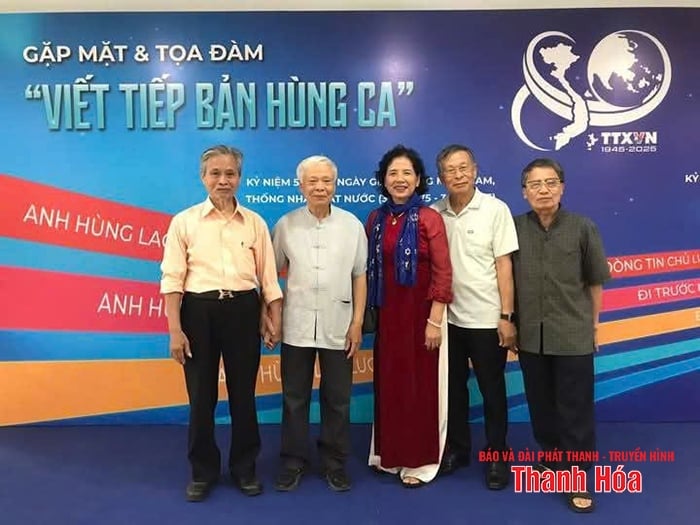
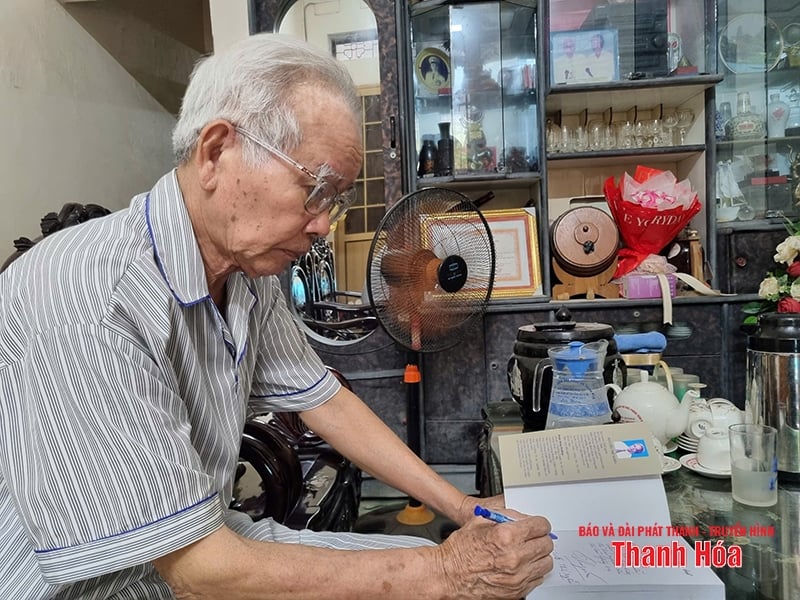

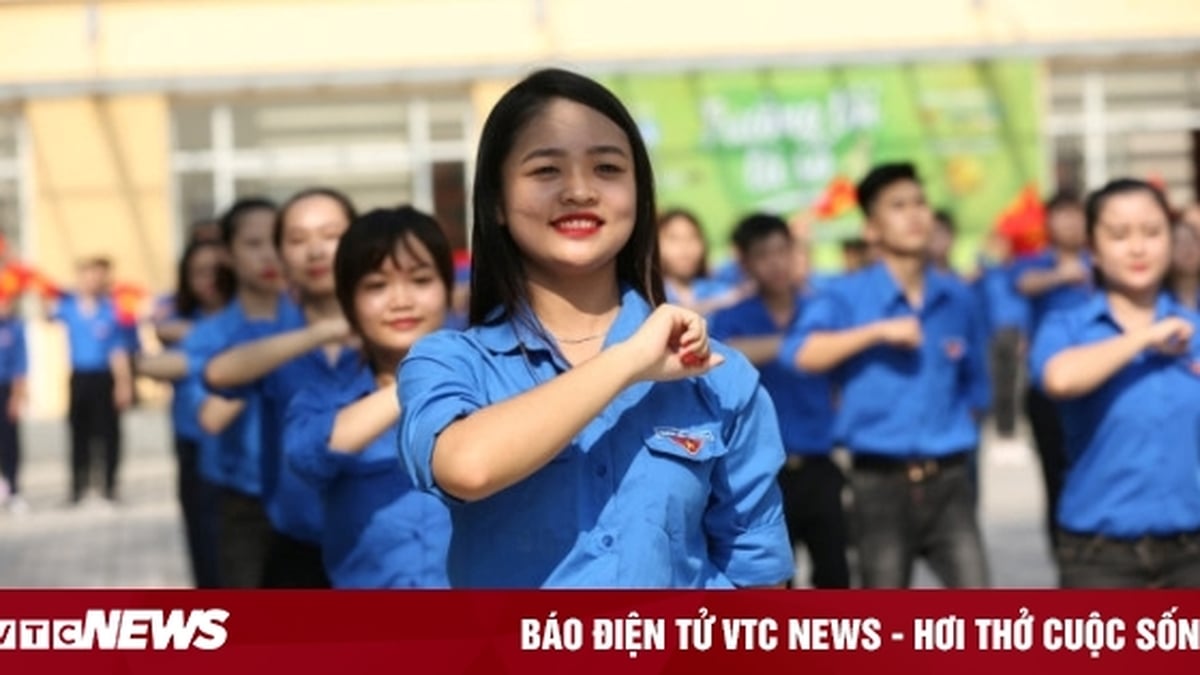
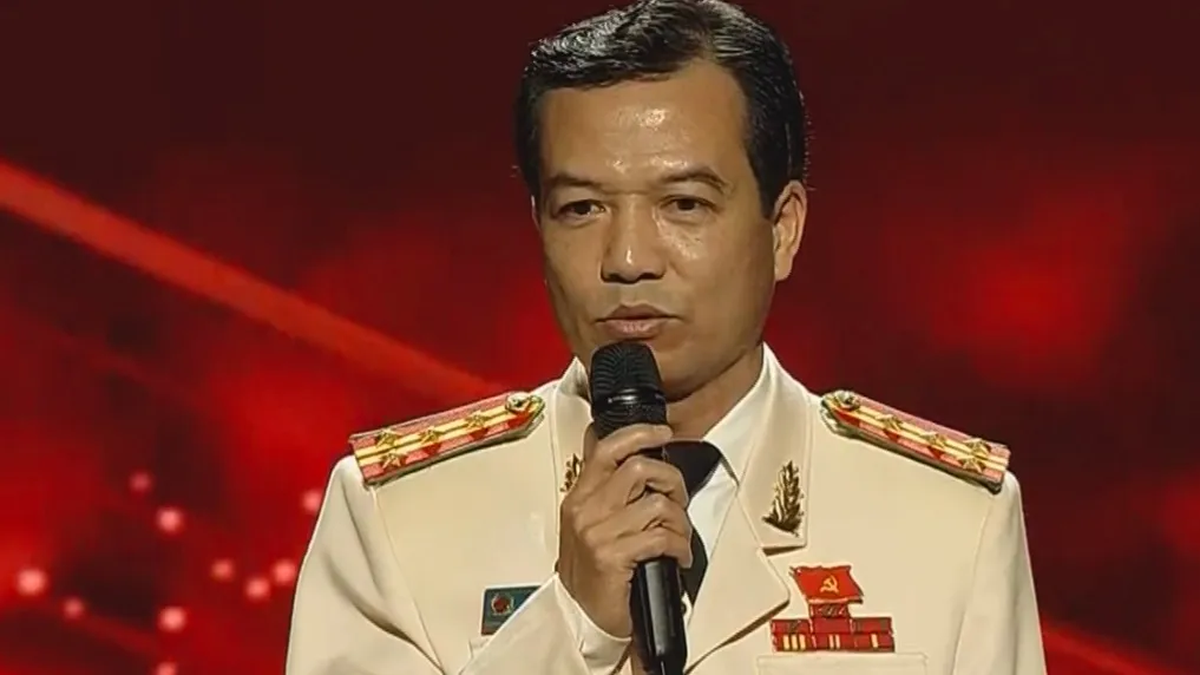
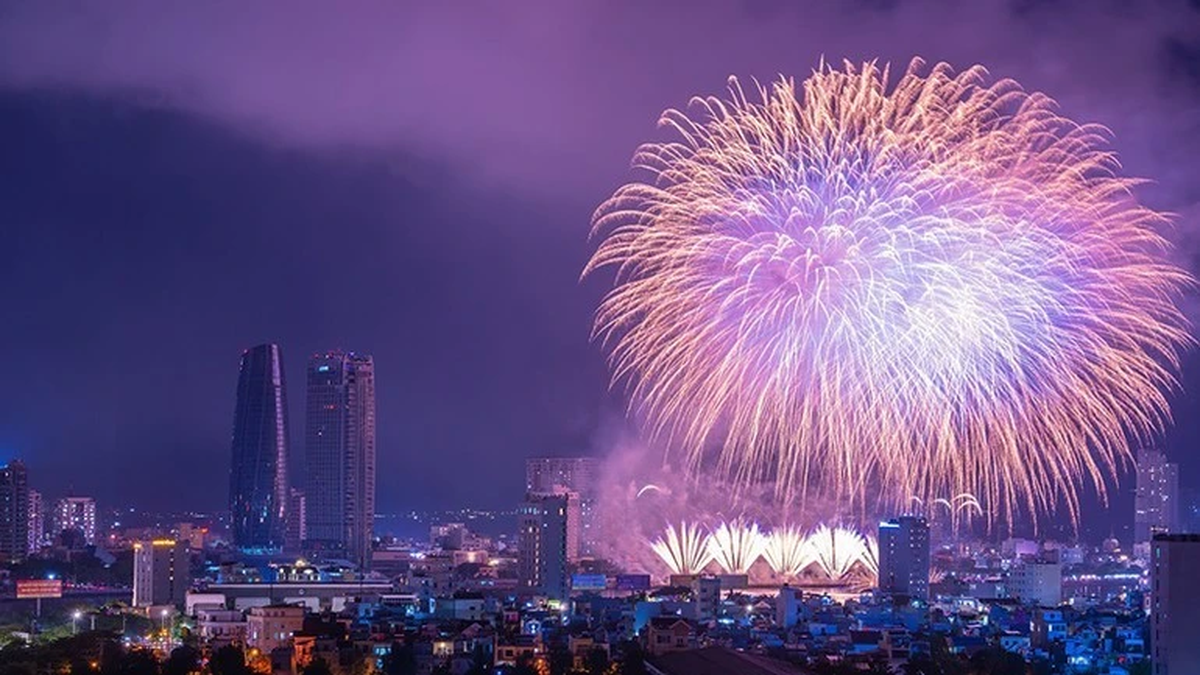


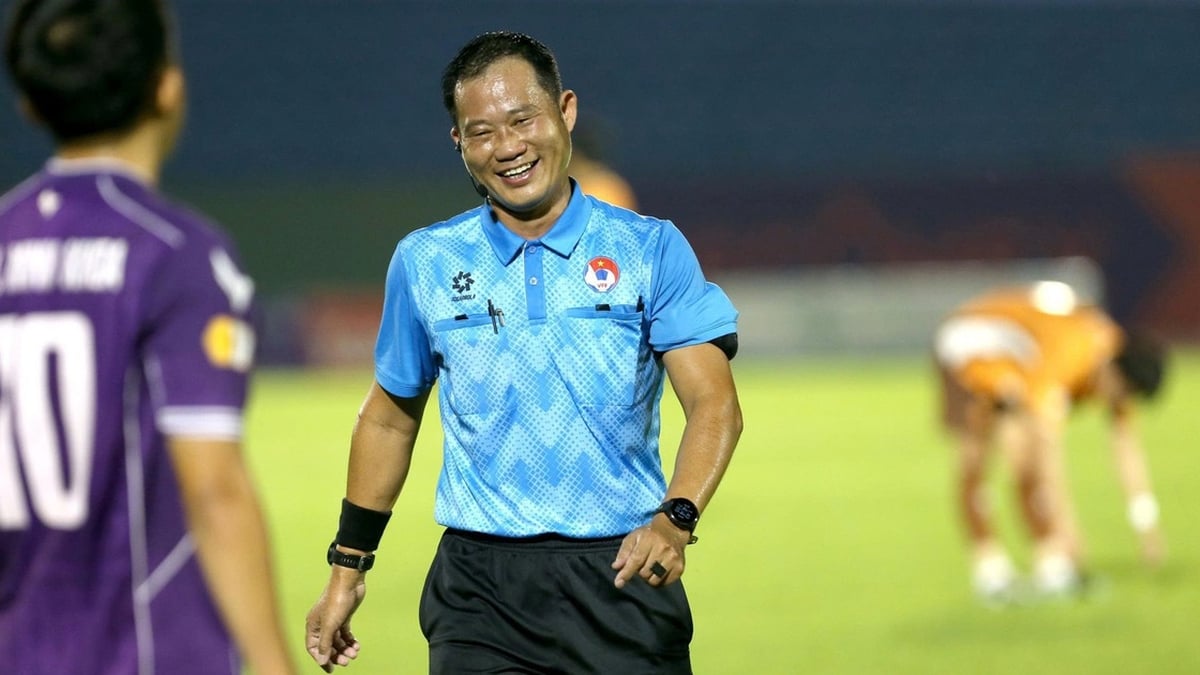


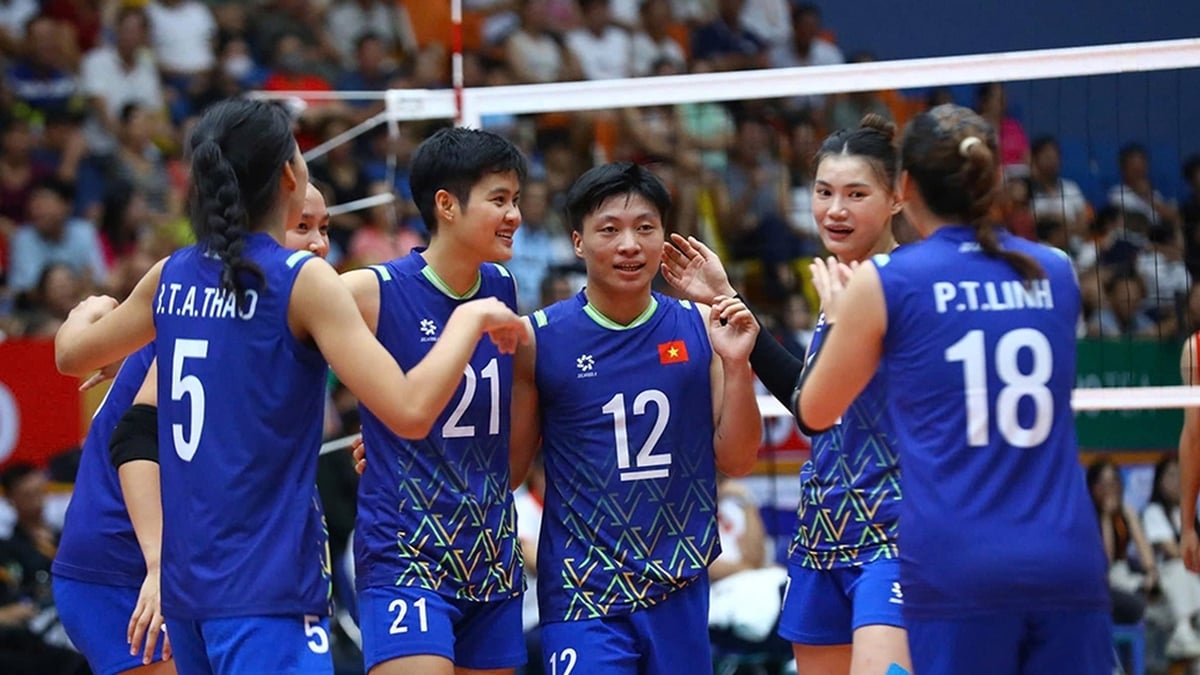

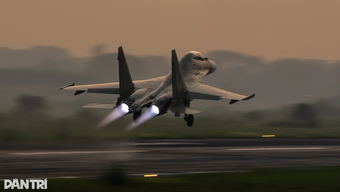










![[Photo] Nghe An: Provincial Road 543D seriously eroded due to floods](https://vphoto.vietnam.vn/thumb/1200x675/vietnam/resource/IMAGE/2025/8/5/5759d3837c26428799f6d929fa274493)
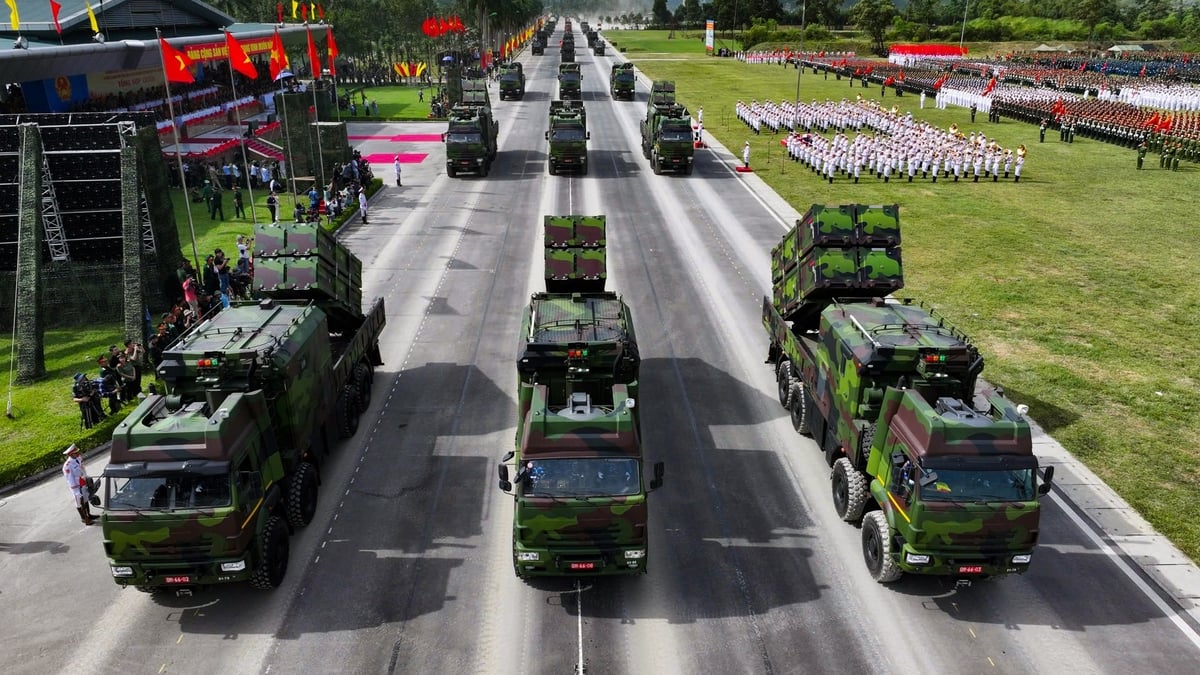


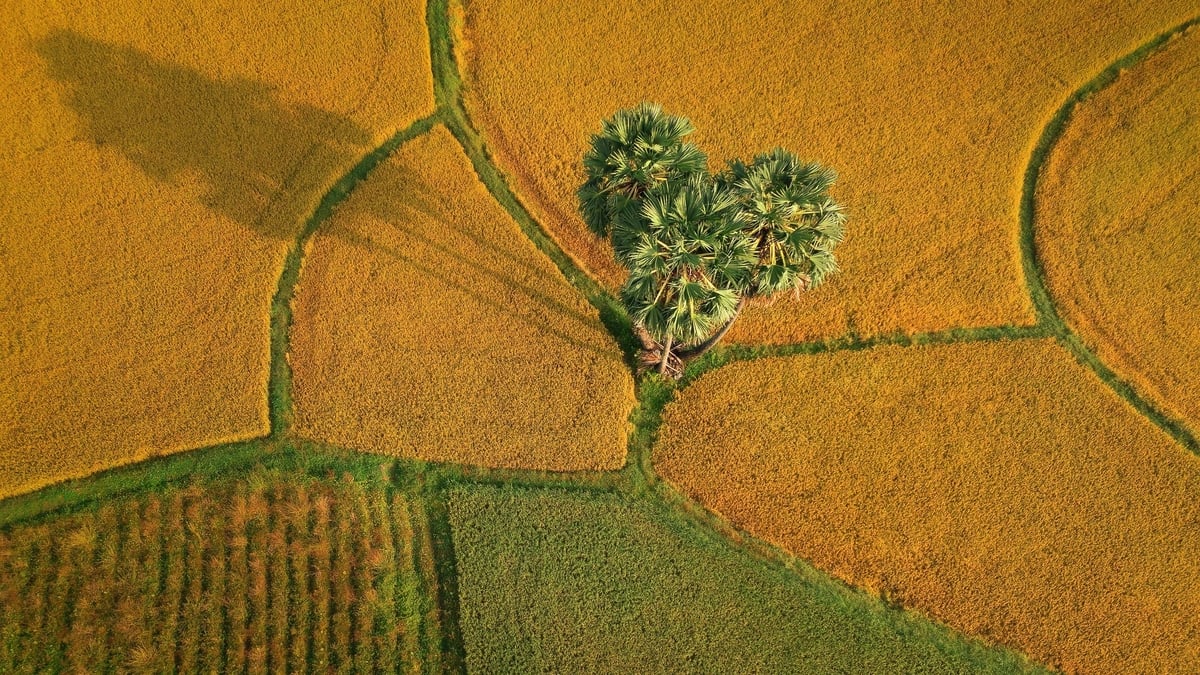
![[Photo] Discover the "wonder" under the sea of Gia Lai](https://vphoto.vietnam.vn/thumb/1200x675/vietnam/resource/IMAGE/2025/8/6/befd4a58bb1245419e86ebe353525f97)
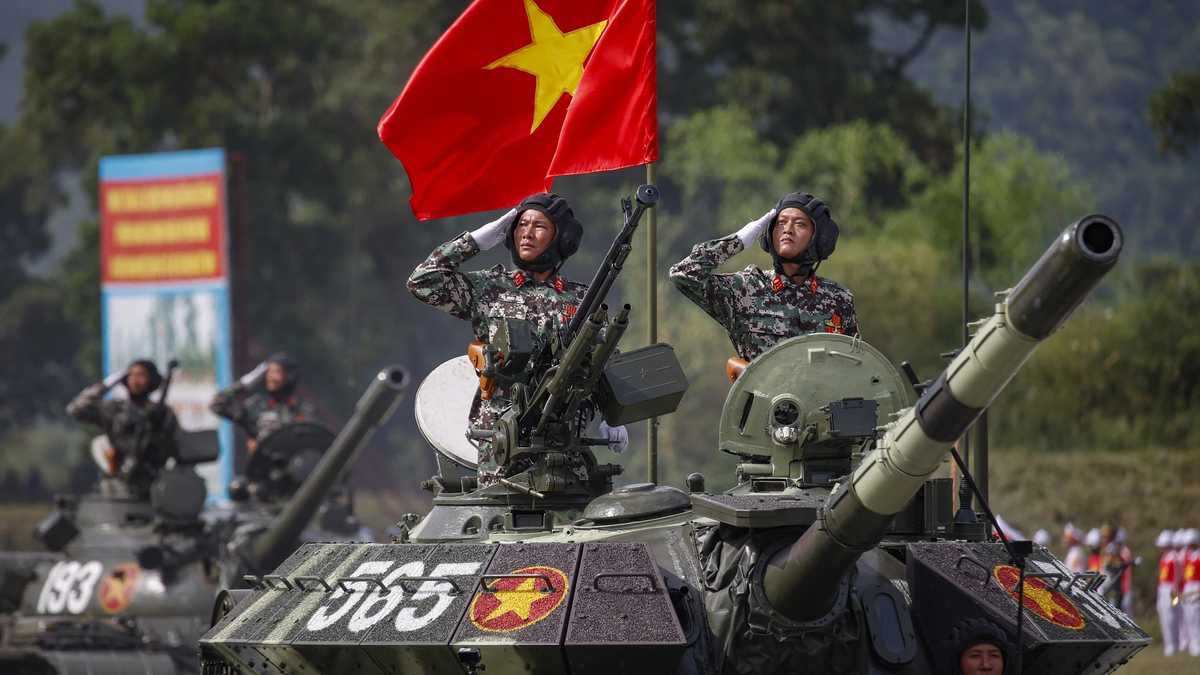

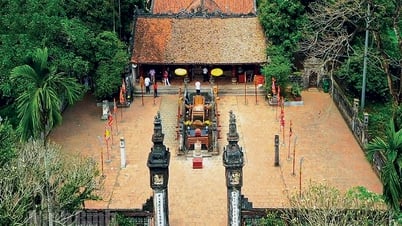

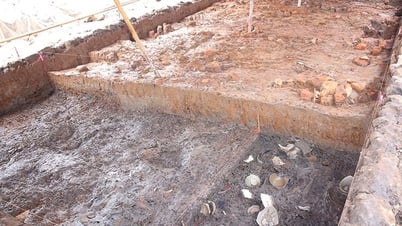

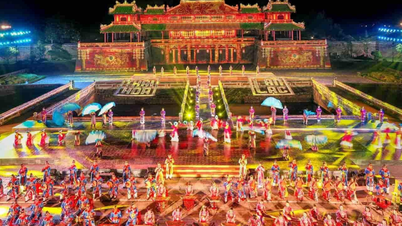



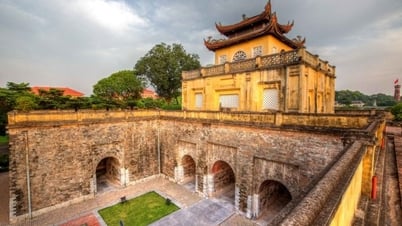

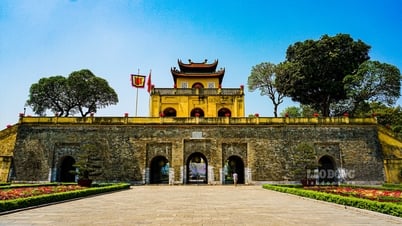

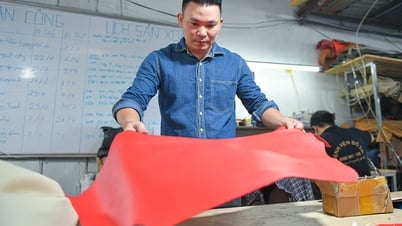




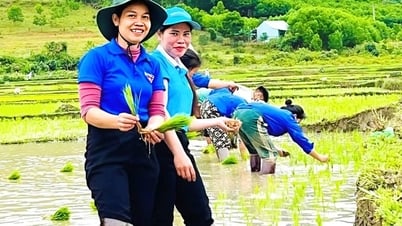

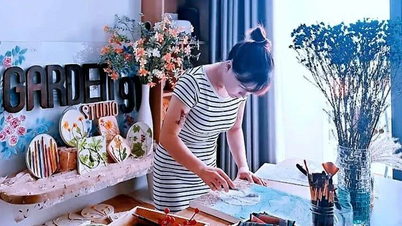




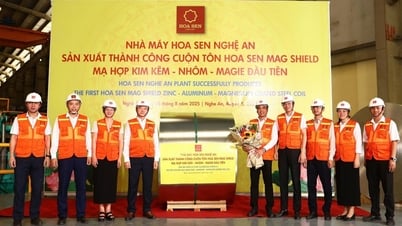

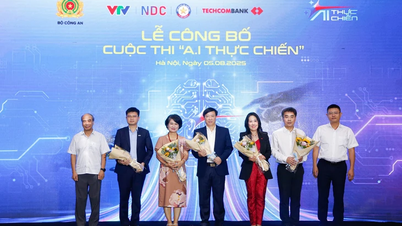
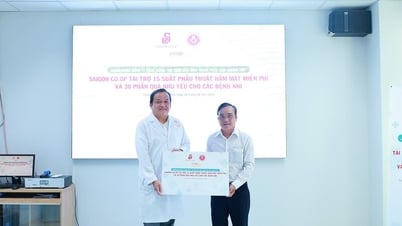

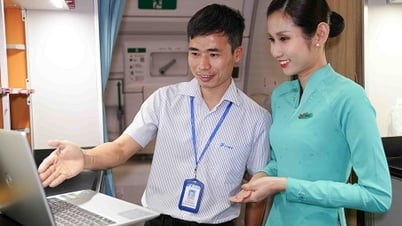
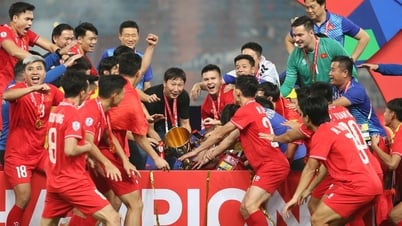
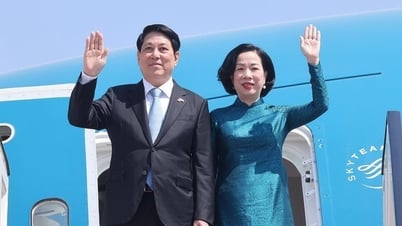


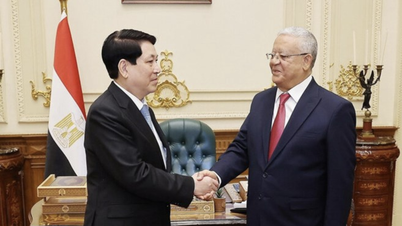




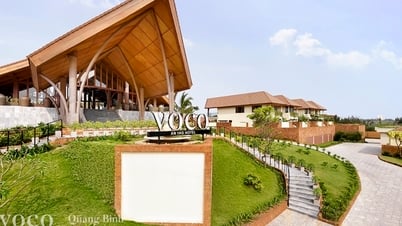
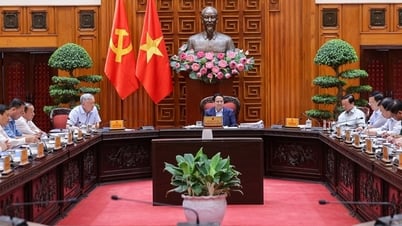
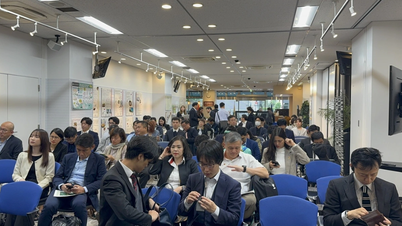


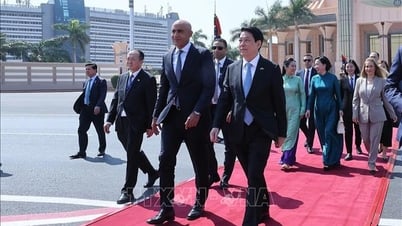








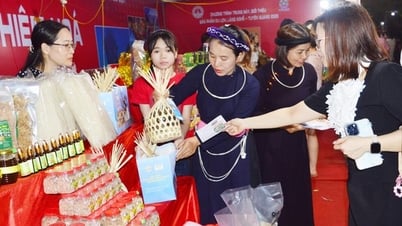
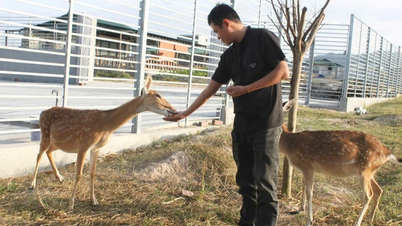

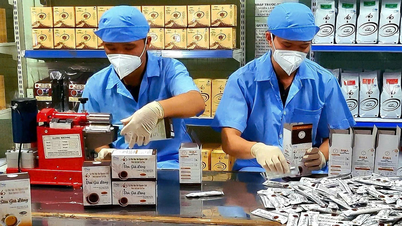






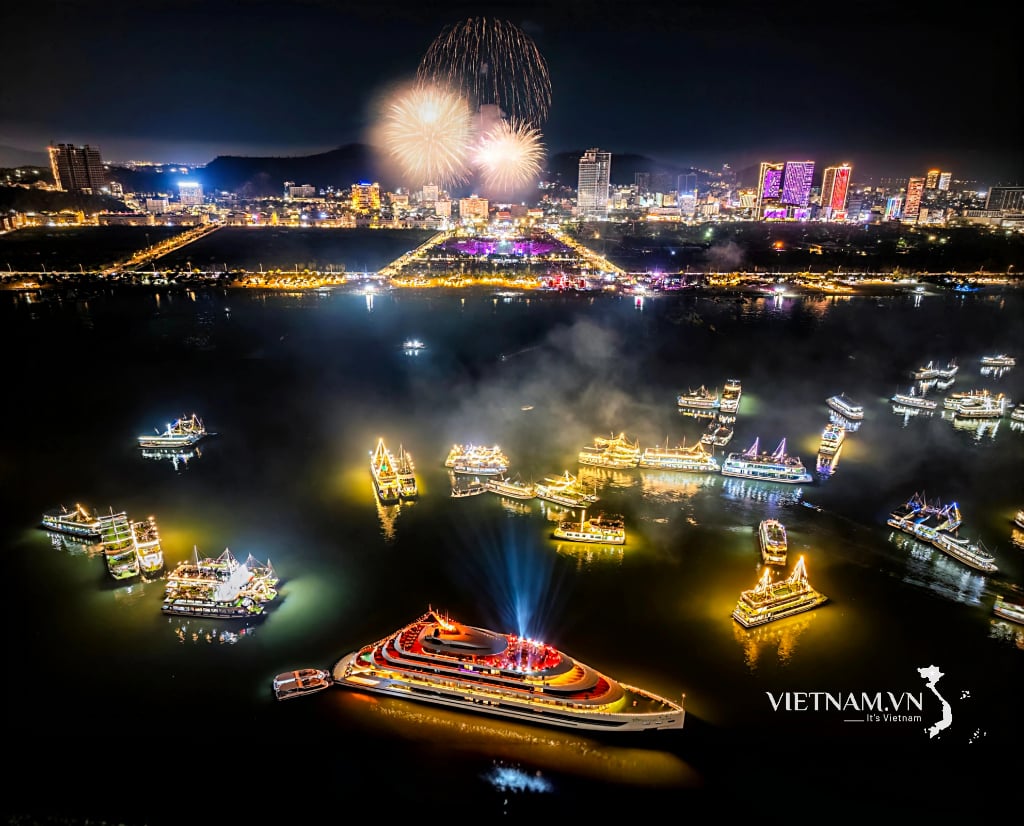
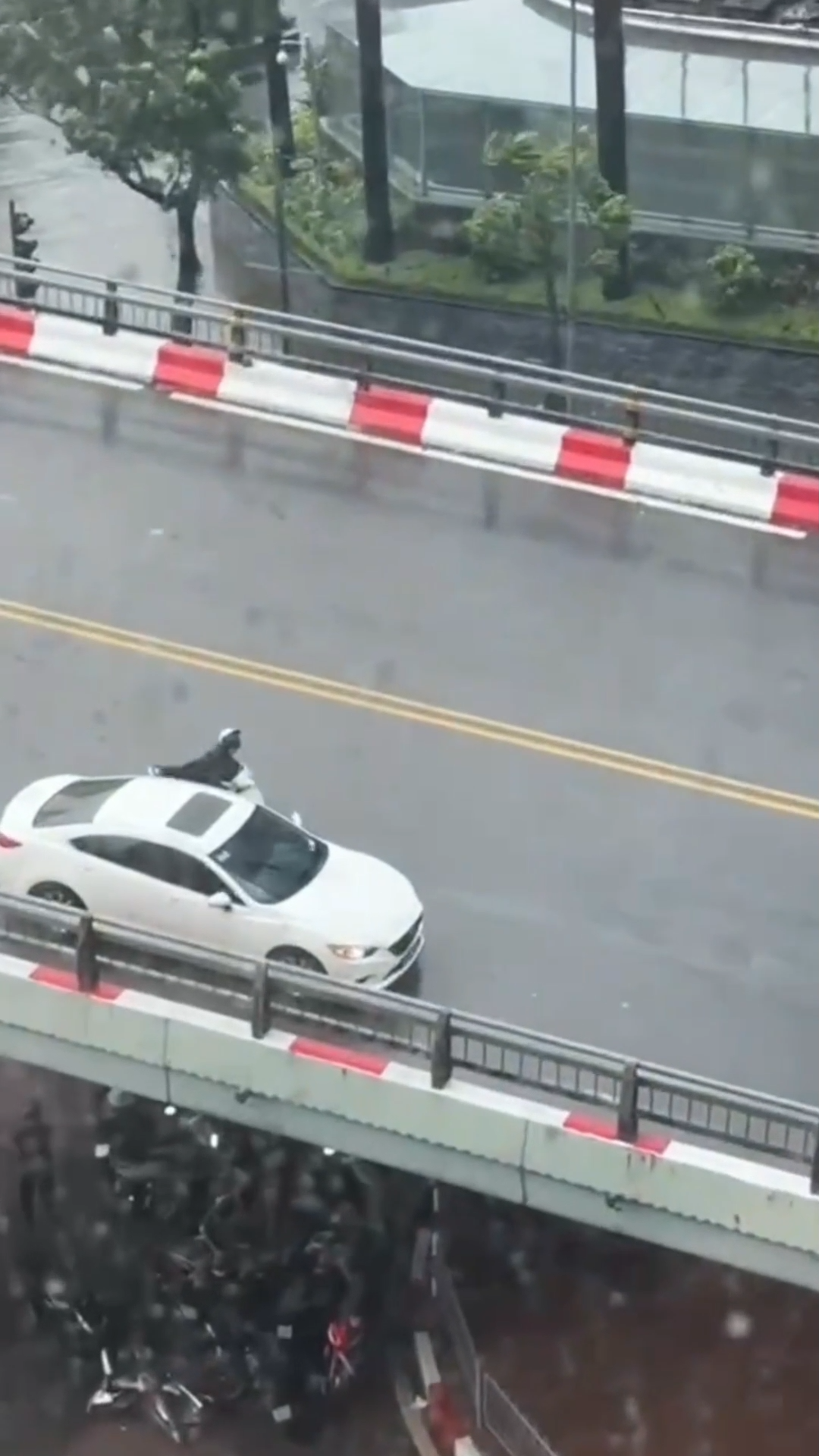
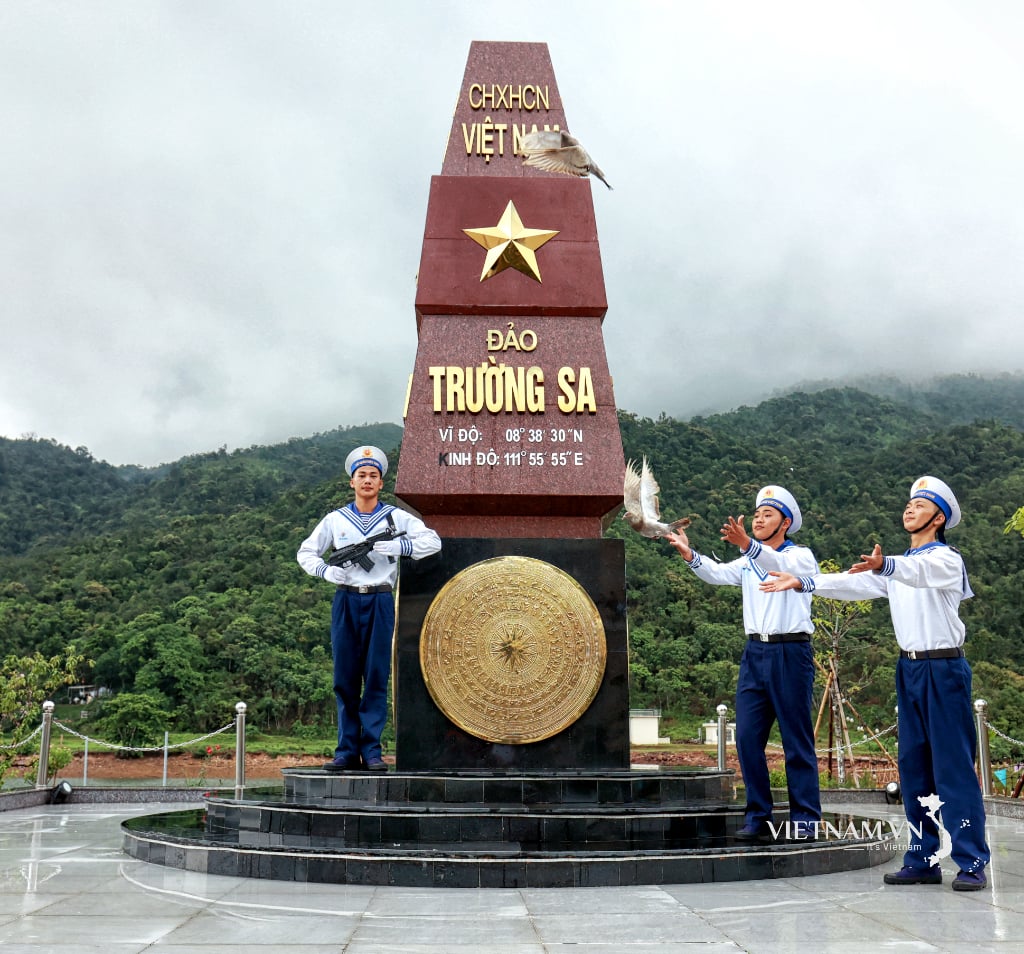
Comment (0)